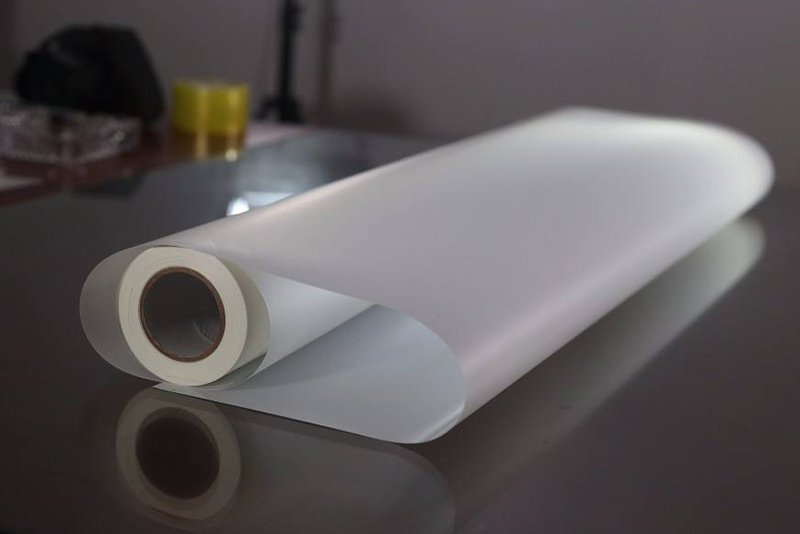PET backlit film, a versatile material used in a wide range of applications, offers excellent durability and visual appeal. However, like any material, it can encounter certain issues over time or due to improper handling. In this article, we will explore some of the common problems associated with PET backlit film and provide practical solutions.

Common Issues and Solutions
1. Color Shift
Cause: Prolonged exposure to UV rays, high temperatures, and certain chemicals can cause color shift.
Solution: Choose UV-resistant PET backlit film. Store films in a cool, dark place. Avoid using harsh chemicals for cleaning.
2. Surface Scratches
Cause: Improper handling, abrasive cleaning materials, or contact with sharp objects can lead to surface scratches.
Solution: Handle the film with care, using soft, lint-free cloths for cleaning. Avoid using abrasive materials.
3. Wrinkles and Creases
Cause: Improper storage, excessive tension during installation, or exposure to high humidity can cause wrinkles and creases.
Solution: Store the film flat in a cool, dry place. Ensure proper tension during installation. Use a heat gun to gently remove minor wrinkles.
4. Bubbling
Cause: Insufficient adhesive, trapped air, or improper surface preparation can lead to bubbling.
Solution: Ensure the surface is clean and dry before application. Use a squeegee to remove air bubbles during installation.
5. Yellowing
Cause: Exposure to UV rays and high temperatures can cause the film to yellow over time.
Solution: Choose UV-resistant PET backlit film. Store films in a cool, dark place.
6. Loss of Transparency
Cause: Dust, dirt, or fingerprints can accumulate on the surface, reducing transparency.
Solution: Regularly clean the film using a soft, lint-free cloth and a mild cleaning solution.
7. Edge Lifting
Cause: Inadequate adhesion, improper installation, or environmental factors can cause the edges of the film to lift.
Solution: Ensure proper surface preparation and use a high-quality adhesive. Apply even pressure during installation to ensure a strong bond.
Preventive Measures
Proper Storage: Store PET backlit films in a cool, dark place to prevent color shift, yellowing, and warping.
Careful Handling: Handle the films with care to avoid scratches, wrinkles, and creases.
Regular Cleaning: Clean the films regularly using a soft, lint-free cloth and a mild cleaning solution.
Professional Installation: For large-scale projects or complex installations, consider hiring a professional to ensure proper installation.
High-Quality Materials: Choose high-quality PET backlit films from reputable manufacturers to ensure durability and performance.
By understanding the common issues associated with PET backlit film and implementing the appropriate preventive measures, you can extend the life of your graphics and maintain a high-quality visual display.
Key Considerations for Choosing PET Backlit Film
Thickness: Thicker films offer greater durability but may be more difficult to install.
Finish: Matte or glossy finishes can affect the appearance and light transmission.
UV Resistance: UV-resistant films are essential for outdoor applications or areas with high levels of sunlight.
Adhesive: Choose an adhesive that is suitable for the substrate and environmental conditions.
By carefully considering these factors, you can select the most appropriate PET backlit film for your specific application.
